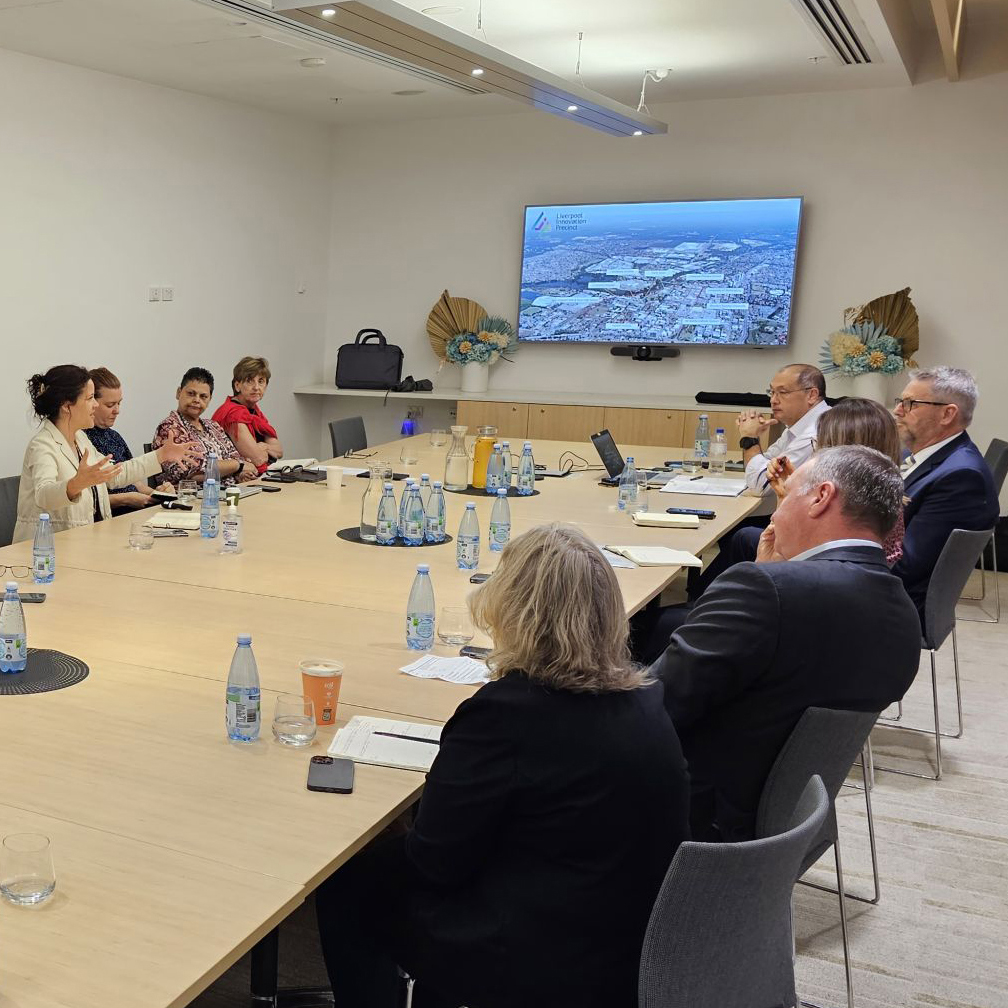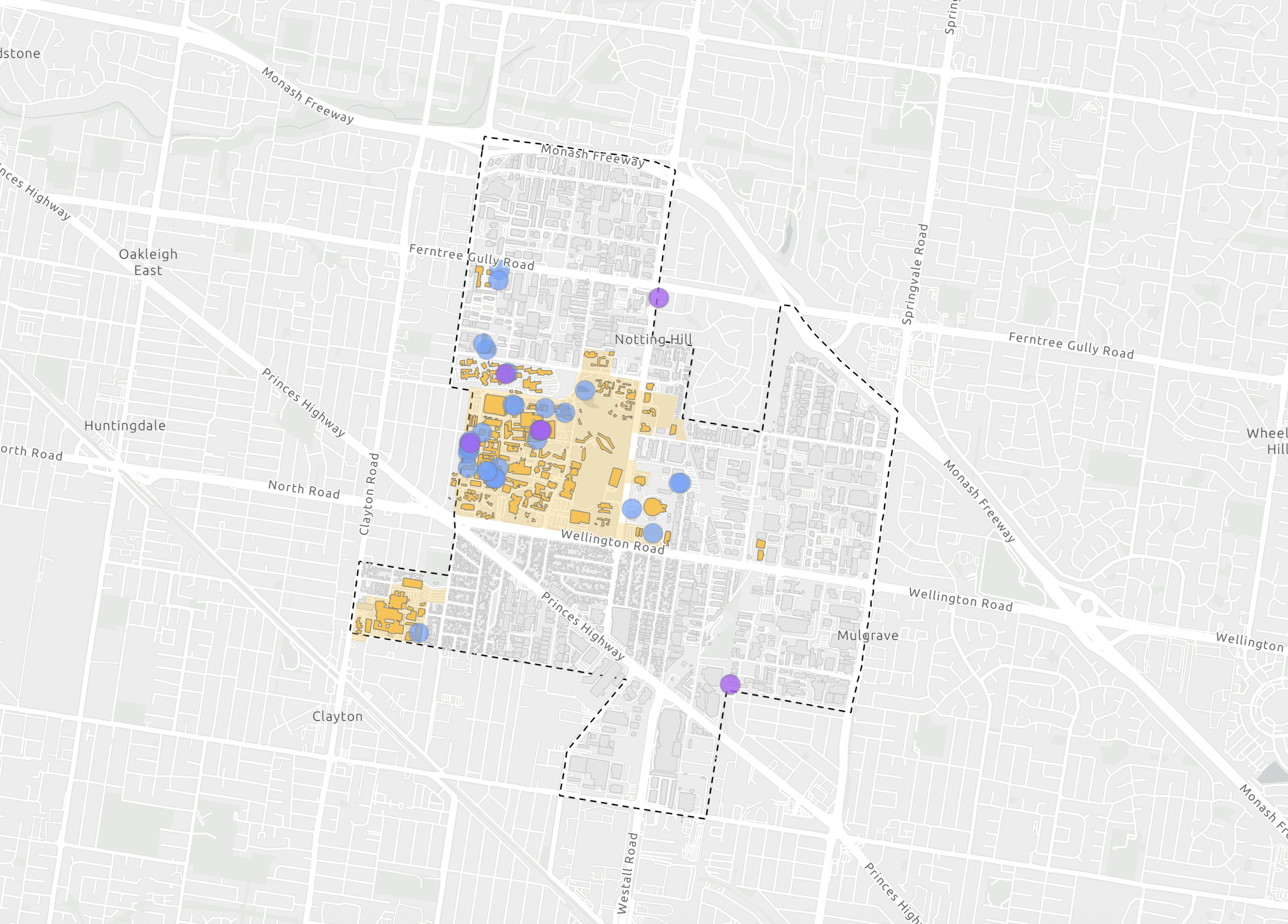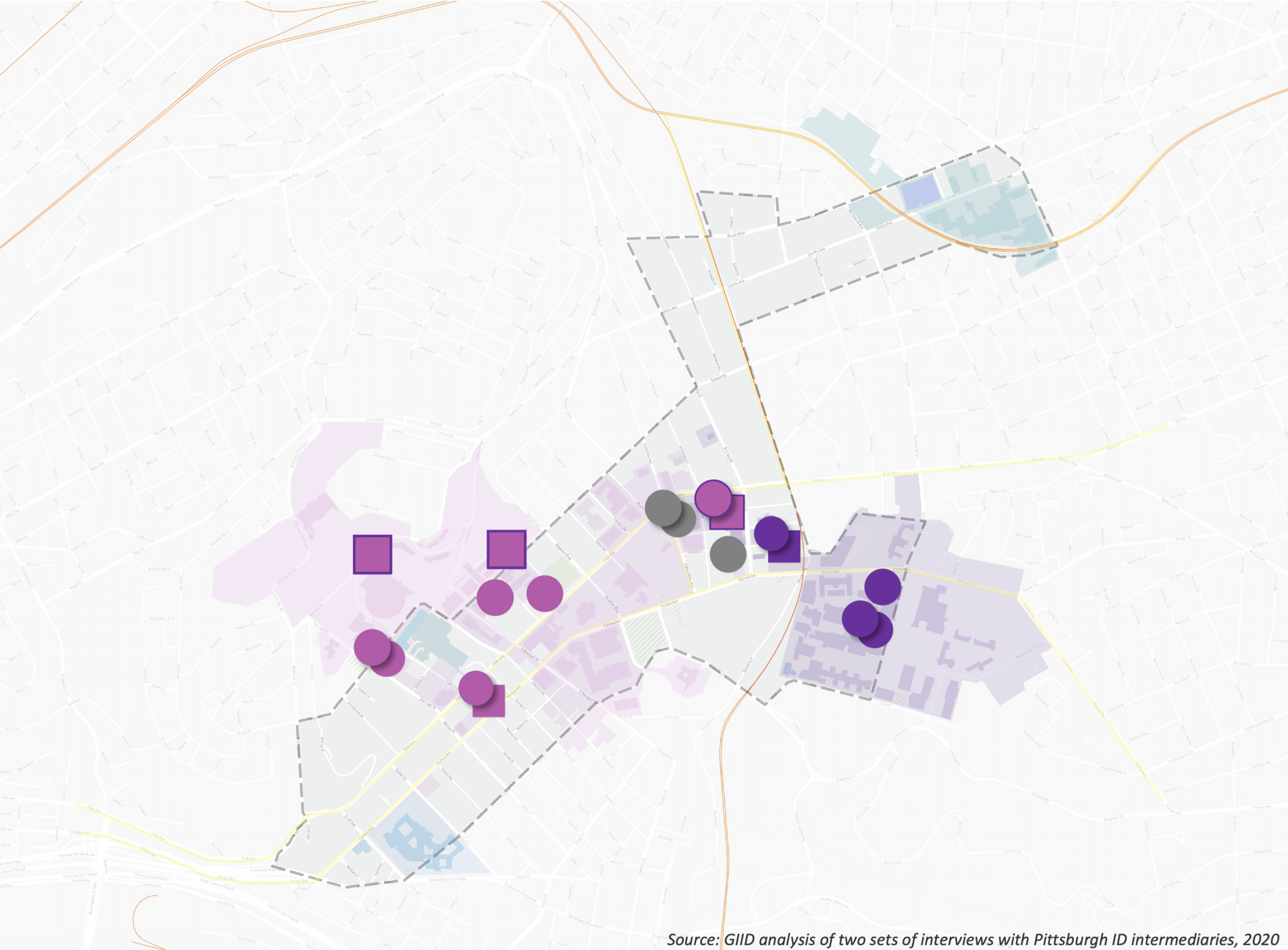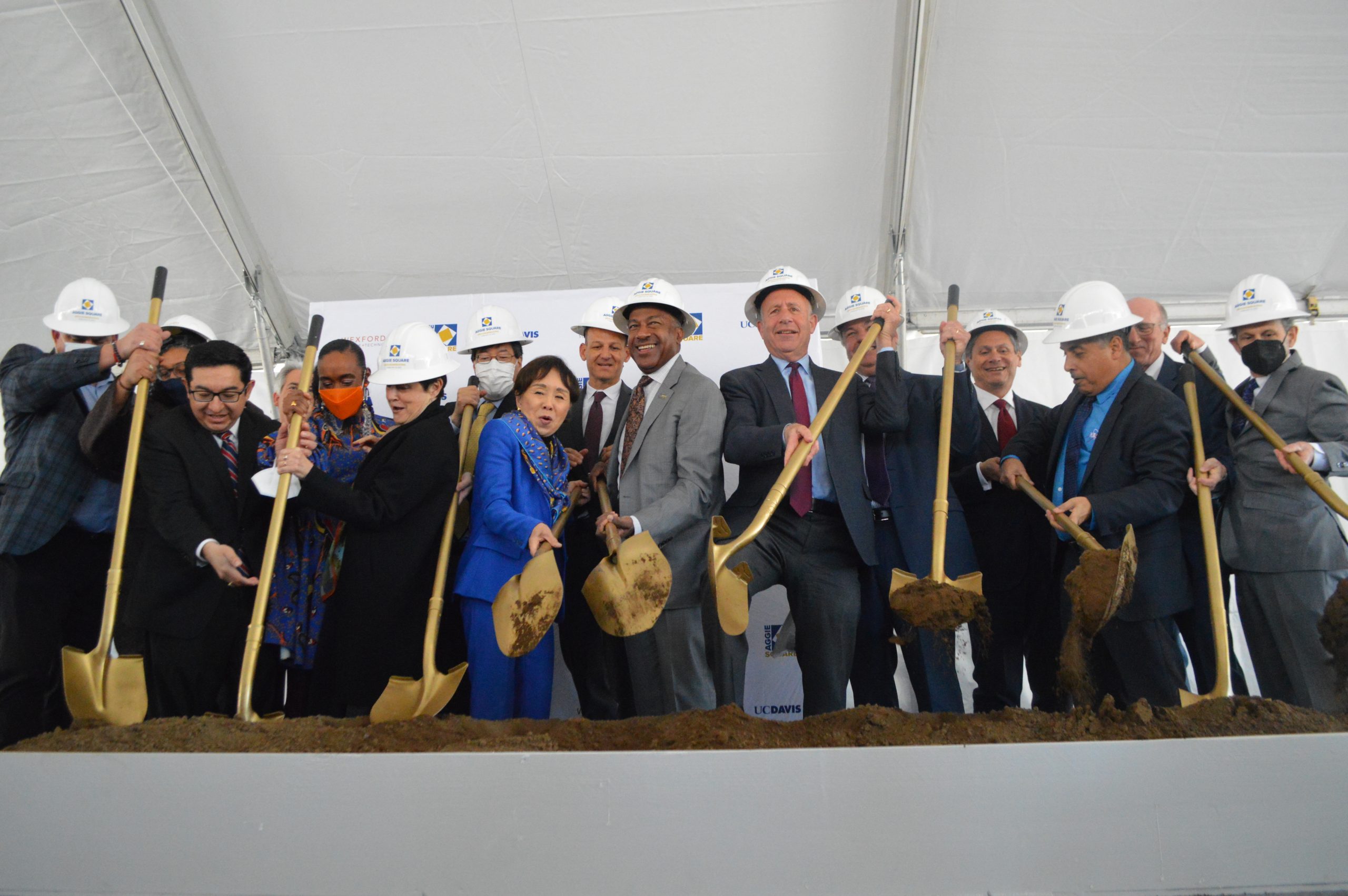Dominant Player model
In this case, one large anchor institution dominates land ownership and use in the innovation district, facilitating a streamlined approach to governance. Sometimes governance happens within the anchor institution via internal offices of real estate, facility management, or tech transfer.



